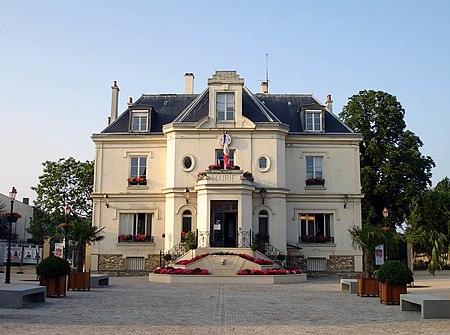The Cimetière des Champeaux de Montmorency, at Montmorency, Val-d'Oise in Île-de-France, is a cemetery first established in the 17th-century. It has the particularity of being the largest Polish burial place in France, hence its appellation as the "Pantheon of the Polish Emigration". It is located 15 km north of Paris and adjacent to the spa resort of Enghien-les-Bains. That it fell to Montmorency to become the main necropolis of the Polish diaspora in the country is due to two Polish political exiles, who happened to be staying at the nearby spa at the time of their death and were buried in the local cemetery. They were the statesman and poet, Julian Ursyn Niemcewicz, one time Polish envoy to the United Kingdom and Karol Kniaziewicz, politician and brigadier general in Napoleon's Grande Armée. Since their interments in the early part of the 19th-century, a succession of noted exiled Poles found their final resting place in the cemetery. There are over 276 Polish burials, among them the poets Adam Mickiewicz, the national bard, and Cyprian Kamil Norwid, statesman Adam Jerzy Czartoryski, and the diplomat and head of the Polish resistance in France during WWII, Aleksander Kawalkowski. The cemetery has become one of the national symbols of Polish resistance to all forms of oppression, and each Spring, it is the rallying place for Poles living in the Paris area, who go there to commemorate their historical leaders and artists.











